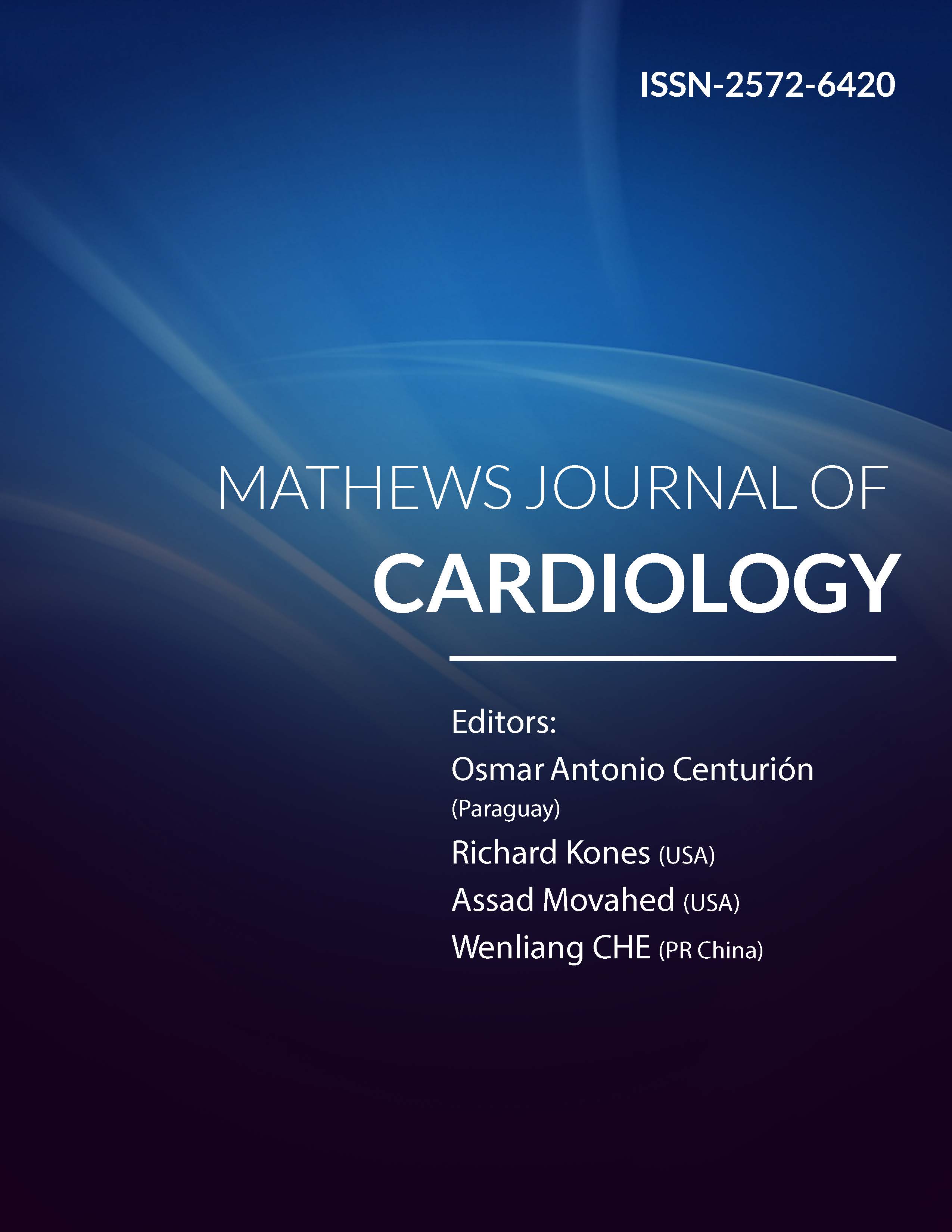
Information Links
Previous Issues Volume 4, Issue 1 - 2019
Test the Vasospastic ST-Segment Depression Reversibility with Nitrates in Non-Obstructive Coronary Disease
Yasser Mohammed Hassanain Elsayed*
Damietta Health Affairs - Egyptian Ministry of Health, Egypt
Received Date: Feb 07 2019
Published Date: Mar 03 2019
Corresponding Author: Yasser Mohammed Hassanain Elsayed* Damietta Health Affairs - Egyptian Ministry of Health, Egypt.
Copyright © 2019 Yasser Mohammed Hassanain Elsayed
Citation: Elsayed YMH. (2019). Test the Vasospastic ST-Segment Depression Reversibility with Nitrates in Non-Obstructive Coronary Disease. Mathews J Cardiol 4(1): 20.
ABSTRACT
Coronary artery spasm is an important common clinical cardiovascular disorder. It is defined as a transient constriction of the muscles in the wall of one or more of the coronary arteries. Myocardial injury and sudden cardiac death are possible remarkable sequels. Despite coronary spasm is a brief and temporary but can be permanent. In other words, it may be associated with or without significant coronary artery disease. However, Coronary spasm is hyperresponsive to the vasodilator effect of nitrates. Patients with different forms of coronary artery disease may respond differently. The quick reversibility response of ST-segment depression after using short-acting nitrates had achieved in my 3-case series. ST-segment depression reversibility with nitrates means that the ST-segment depressions for all cases were transient coronary vasospasm. However, coronary angiography was normal in all 3-cases. This is the principal of our test. Worthwhile, the objective of the test in the current article is to distinguish between the real coronary artery spasm with obstructive coronary artery disease from those with nonobstruction.
The emergency differentiation for the cases of coronary artery spasm using nitrates via categorical stratification into obstructive and nonobstructive coronary artery disease is a pivotal step in future management.
The test may reduce the need for coronary angiography and its economic impact on the patient.
Keywords: Vasospastic St-Segment Depression; Reversibility; Coronary Artery Spasm; Nitrates; Non-Obstructive Coronary Disease.